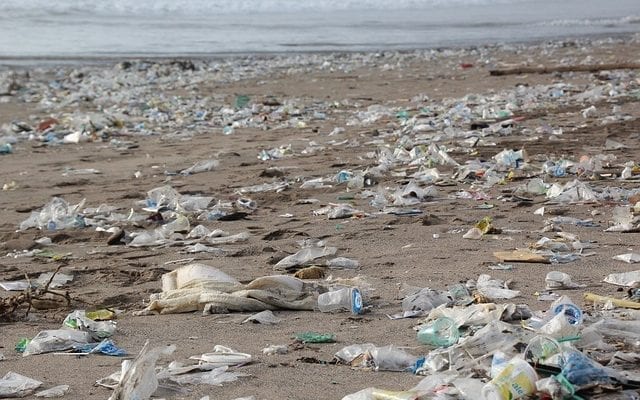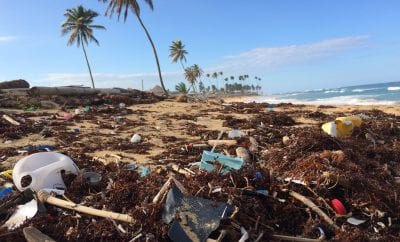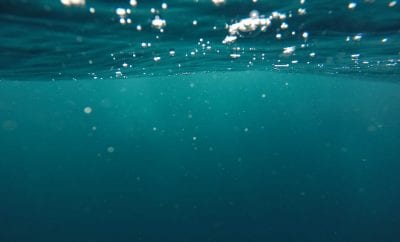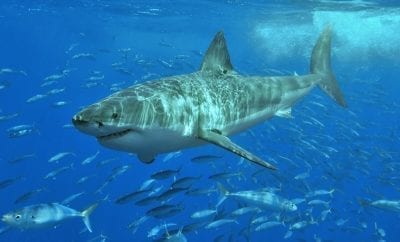
News
The Great Pacific Garbage Patch is now Twice the Size of Texas
The Great Pacific garbage patch, also known as the Pacific trash vortex, is a massive floating patch of various trash and plastic debris located in the Pacific Ocean between California and Hawaii. According to the conclusion of a three-year survey, the mass of floating debris is now twice the size of Texas. The discovery was published in the journal Scientific Reports, and was carried out by researchers who performed an aerial survey to ascertain just how big this immense area truly is.
The patch was first discovered in in the late 80’s, and is characterized by a high amount of plastic waste, chemical sludge, and various debris that have been trapped by the North Pacific Gyre, a collection of Pacific Ocean currents. Much of the patch is hidden from the naked eye, due to the fact that some of the plastic has been broken down over time and has accumulated in a high concentration of floating plastic particles.
These molecular plastic particles are particularly harmful to the marine ecosystem, as there are small enough to be ingested by organisms, which can cause a variety of illnesses. Certain plastic molecules have been found in fish that are sold in supermarkets around the world. When these plastics are left to float around in the ocean, decomposition takes upward of 20 years, and leaves behind toxic chemicals like bisphenol A, PCB’s, and polystyrene.
The analysis of the garbage patch was conducted by the Ocean Cleanup Foundation with the hopes of developing advanced technologies that can aid in ridding the ocean of this alarming amount of harmful plastics. Boyan Slat, founder and CEO of the Ocean Cleanup Foundation, said “In order to solve the problem, you really first have to understand the problem.”
During sample collection, scientists found that over fifty plastic items had readable production dates. Several had manufactured dates reading in the 80’s and 90’s, and from the 400+ plastic samples, they had words from nine different languages. Some researchers a large portion of the pollution is from the 2011 Tohoku tsunami, which washed 4 million tons of trash debris out to sea. While the levels of plastic debris on the surface of the ocean are well known, how much plastic at the bottom of the ocean is unknown.
The Ocean Cleanup Foundation is currently developing a system that will accumulate these plastic debris and remove it from the ocean. Their plans involve the suspending of a large sea anchor to slow down fast moving currents, and then deploying a u-shaped screen that will accumulate the debris. These systems will be completely autonomous and energy neutral, using both solar energy and energy from the ocean’s currents.
The Ocean Cleanup Foundation hopes to have cleaned up 50 percent of the Great Pacific Garbage Patch within five years of a full deploy. By combining this cleanup protocol with plastic use reduction on land, they hope to have made efforts to achieve a plastic free ocean by 2050.





0 comments